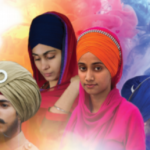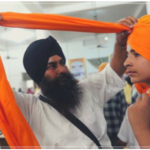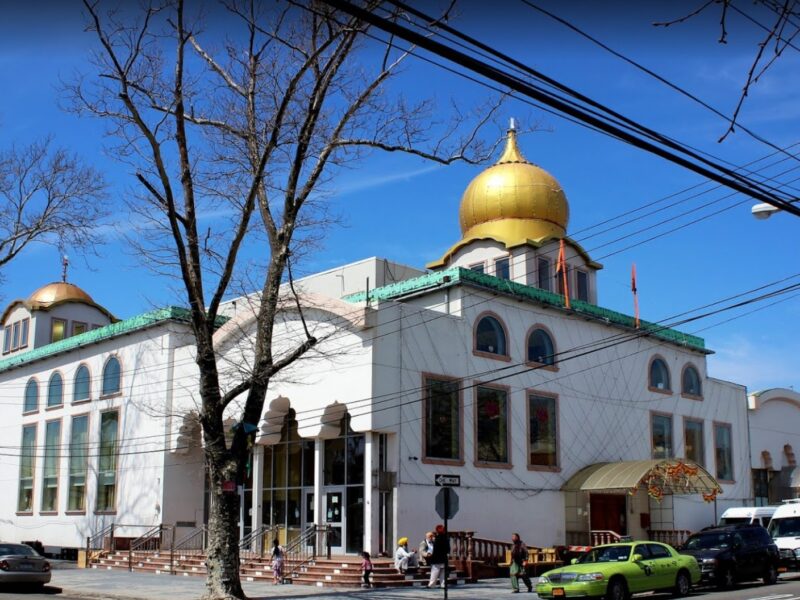In the Khalsa society, the turban signify numerous virtues:
Equality
The Sikh society is the egalitarian one, and free of gender, religion, race, or nationality. The institution of Khalsa was based on no master, no slave and Aape Gur Chela as per Punjabi turban custom.
Spirituality
The dastār is a symbol of humility, spirituality, and holiness in Sikhism.
Honour and self-respect
The dastār is also a symbol of self-respect and honour. In the Punjabi culture, those who have selflessly served the community are traditionally honoured with the turbans.
Piety and moral values
The dastār also signifies purity of mind and piety. In the Punjabi society, the Khalsa Sikhs are considered as weak protectors, even among non-Sikhs. In the old times, the Khalsa warriors moved from village to village at night, during battles. When they required a place to hide from the enemy, the womenfolk, who had a pretty higher degree of faith in them, utilized to let them inside the houses. It was a good saying in Punjab: Aye nihang, booha khol de nishang (The nihangs are at your door side. Respected woman! go ahead and open the door without any kind of fear whatsoever.)
Courage
Sikhs wear a dastār, to cover the long hair, which is never cut, as per the command of the previous Guru, Guru Gobind Singh. There are numerous references in the Sikh history that describing how Guru Gobind Singh personally tied dumalas (dastār) on the heads of both his elder sons Jujhar Singh and Ajit Singh, and how he personally giving them arms, decorating them like bridegrooms, and sending them to the Chamkaur Sahib battlefield where they both died as martyrs. A blue-colored Punjabi turban is especially identified with martyrdom, courage, and sacrifice.
Friendship and relationship
Pag Vatauni (“exchange of turban”) is the Punjabi custom, in which the men exchange dastārs with their close buddy. Once they exchange turbans they become forging a permanent relationship and friends for life. They take a solemn pledge to share their sorrows and joys under all situations. Exchanging turban is a glue that could bind two families or individuals together for the generations.
Why Sikhs wearing Turbans
When a Sikh man wearing a turban is spotted, naturally a lot of questions bind up in the head of a human. But the saddest chunk is that there are a lot of misconceptions connected with a Sikh man and his turban that are doing the society round up.
We’re here to clear confusion in the most straightforward manner we could.
1. First and foremost, the most obvious reason why Sikhs wear turbans is to represent their faith. It is a manner to express brotherhood and unity among the fellow Sikhs.
2. The skull or the head crown is a critical chunk of the body. Covering the head crown with a numerous layered clothing not only is a sign of high esteem to that space but also triggering the pressure points in the skull which in turn regulates mental activity and blood circulation as per Punjabi turban custom.
3. During the Khalsa formation, Guru Gobind Singh Ji proclaimed a uniform dress code upon all Sikhs which included the Sikh identity 5 K’s (Kuccha, Kanga, Kirpan, kara, kesh). The turban is a chunk of this identity aiming at promoting brotherhood and equality.
4. Sikhs’ faith that wrap the head with the tight turban secure way in place supports the mind to stay grounded and aimed at the significant stuff in life. In fact, this faith is so strong that Sikh women also embrace the turban as a manner of fostering equality and self-reliance in gender.
5. Everyone is equal and royal– During the initiation of the Khalsa, the Turban was widespread in society as a royalty sign. It represented a high caste. Only the influential and privileged were permitted to wear out a turban. By tearing down this structure and by granting everyone an equal right to wear one, the turban was no longer seen as the status symbol.
6. A pact was made among the Sikhism brotherhood that in the crisis event, every human would be ready to assist the fellow brother in requirement. And the turban is crucial to keep this alive as a manner to recognise each other as per Punjabi turban custom.
7. Last but not the least, Guru Gobind Singh ordained that one’s hair was a precious creation. As a mark of creator devotion, he was asking Sikh members to never cut the hair and to let it progress free. Uncut hair is a requirement to be protected against the environment and a turban does the good job of it.
The Turban stands out as good symbolism for a Sikh religious community. In fact, it has become a shining beacon for the Sikh members to be recognised everywhere.








